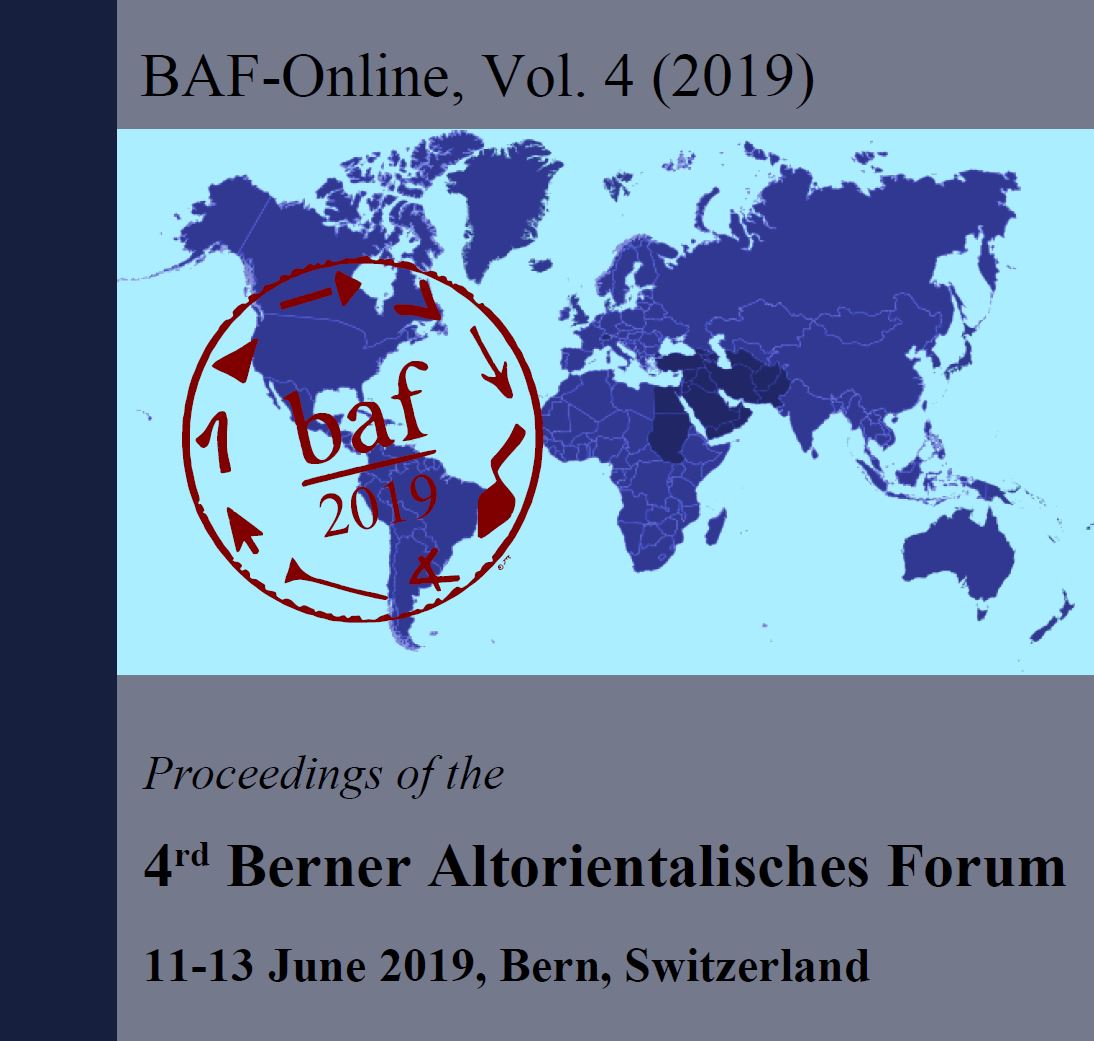Evolution of a social dynamic in a changing landscape: the case of Argos (Argolis, Greece) in the Mycenaean period
DOI:
https://doi.org/10.22012/baf.2019.12Abstract
Argos in the Mycenaean period consists of a real enigma. Compared to its neighbours, amongst others Mycenae, Tiryns and Midea, Argos, after being a flourishing center in the Middle Helladic period, lost of it’s importance until the End of the Mycenaean palatial period, while maintaining a continuous occupation. During the transitional phase (MH III/LH I), and despite the fact that some parts of the argiv settlement continues to grow, as shown in particular by the work undertaken on the fortified acropolis of the Aspis, Argos, will experience a gradual decline as shown in particular through the abandonment of certain residential areas and the relocation of some population groups within and probably beyond its borders. According to one possible scenario, a group of people moved, at the very beginning of MH III, from Argos to Mycenae participating in the spectacular rise of Mycenae from the late MH period and onwards.
Through this communication, we will first try to demonstrate, based on the archaeological reality, the status of Argos from the transitional phase (MH III/LH I) and during the LH period within the organization of the Argolis. In a second step, we will try to define the causes that influenced the evolution of this status. We will demonstrate how a series of natural disasters and in particular the eruption of Thera may have influenced the political, economic and social geography of the Argolis to the detriment of Argos. Based on the archaeological discoveries and the Adaptive Cycle (AC) model, we will show how some sites or parts of the Argolis functioned according to a positive/negative system throughout the protohistoric periods.
Published
Issue
Section
License

This work is licensed under a Creative Commons Attribution 4.0 International License.



